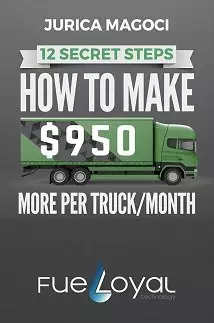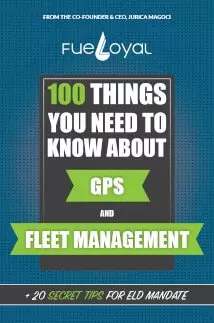The great thing about the world today, it doesn’t matter about the size of your staff. You can have all the same tools at your fingertips, regardless if your fleet is ten trucks or five hundred. The only difference is a larger organization might have more people processing the information, but it is readily and equally available to everyone.
You just need to know where to find them and how to use them to their best benefit. This is of course based on the size of your operation and the type or types of freight you transport. The internet is your strongest ally and research is your first tool. From there you can find good loads and brokers and even drivers to haul your freight.
So to the first point…

What Are Freight Finder Procedures
Freight finder procedures are what you implement in the company to find freight loads. When doing this there are several things to consider. Time and destination are important; can you get to where you need to be in the allotted time? Did the dispatcher assign a driver with the proper endorsements? Does he/she have the proper trailer (you’ll need a reefer to haul ice cream).
But there is something that often gets overlooked, especially in new businesses. Is there a load for the return trip? You never want a truck and trailer on the road empty. That is one of the key responsibilities of a good dispatcher. This is also one of the reasons for having good freight finder procedures in place. Know them and follow them, because the life of your company depends on keeping your trucks not only moving but hauling loads.
Another key point about freight finder procedures is that they are a plan, a road map of your future goals and intents. They can act very much like a business plan. Using them you can plan ahead the company’s future goals, such as what kind of freight do you want to be your main focus? What part of the country do you want to be your area of operations? And what are your projected growth rates in the coming years?

All this helps keep your company focused on the long term goals. It also helps your team when trying to find clients. If you see that something is working you have a baseline to adjust from. Perhaps narrow your territory or broaden your freight categories that you’re wanting to transport.
Once you have your freight finder procedures in place, make sure your team is aware of what is expected. You will find that people work better when they understand why they are required to do or perform tasks a particular way.
Remember the best way to get your staff to follow your plan, is if it is kept clear, concise, and you as the manger maintain a higher level of expectations that you have for your staff. That way they will try to match and hopefully surpass you. But keep your staff expectations and goals realist. If you have a fleet of five trucks, I wouldn’t plan any runs to Mars, if you know what I am trying to say.







